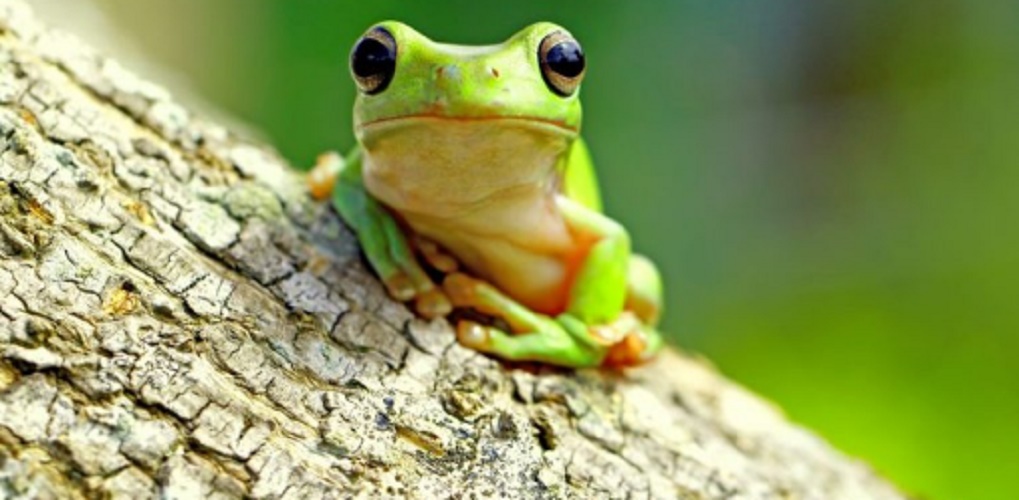What is animal respiration?
We explain what animal respiration is and what this process consists of. In addition, the types of animal respiration that exist and examples.
-
What is animal respiration?
When we talk about animal respiration, we refer to the metabolic mechanism of living beings in the animal kingdom , consisting of an exchange of gases with the environment, in which oxygen (O2) is introduced into the body and carbon dioxide (CO2) is expelled. . This process is common to all known animals, from unicellular to superior ones and, of course, also to the human being , although not through the same body systems, nor in the same vital means.
Breathing, however, consists of acquiring oxygen and eliminating carbon dioxide , since the first gas is vital to process sugars and obtain biochemical energy to live, and the second gas is a byproduct of that reaction that must be eliminated as it results harmful to the body. So all animals do: some directly from the air, such as humans and dogs; others through water, such as fish and tadpoles.
Once oxygen enters the body as a result of animal respiration, the circulatory system is responsible for distributing it throughout the body, in order to feed the various biological tissues that need it. In that sense the respiratory and cardiovascular systems are connected , which can be very different depending on the species of animal to which we refer.
-
Types of animal respiration

There are several methods to breathe, according to the animal species and its mechanisms obtained over centuries of evolution. These mechanisms are:
- Cutaneous breathing . As the name implies, it is carried out through the skin. Some animals such as annelids (such as earthworms) and amphibians (such as frogs), especially those that live in humid environments, have a fine and specialized skin, capable of capturing the desired gases from the air or water and transferring them directly to the capillary system (blood vessels), releasing carbon dioxide in the same way.
- Gill breathing . Typical of aquatic or underwater animals, that is, they never leave the water and obtain the oxygen needed to live from it. For this they have gills, complex organs with thin walls and abundant blood vessels, which are in perpetual contact with the liquid (unlike the lungs, which are inside the body) and covered with soft, fragile and porous tissues. When the water passes through them, the oxygen is filtered and carbon dioxide is released, so many fish must sleep in water streams or in constant motion, in order to breathe.
- Tracheal breathing . Typical of insects and arachnids. Tracheas means a system of tubes that connect the inside of the animal with the outside, through holes called stigmas. Through them the air penetrates and, as the tubes become narrower, oxygen enters the cells and hemolymph (the blood of insects), while the carbon dioxide is discarded.
- Pulmonary respiration . Common to humans, mammals, birds and most reptiles and amphibians, this mode of breathing works only in the air, and requires internal organs called lungs, which operate as an inflatable sac: it expands when the air and deflates when it comes out. Inside there is a structure full of capillaries called alveoli, where gas exchange occurs. Being inside the body, the lungs connect with the outside through the trachea, which then connects with the nose or mouth, and has a series of filters along the way to retain air impurities.




